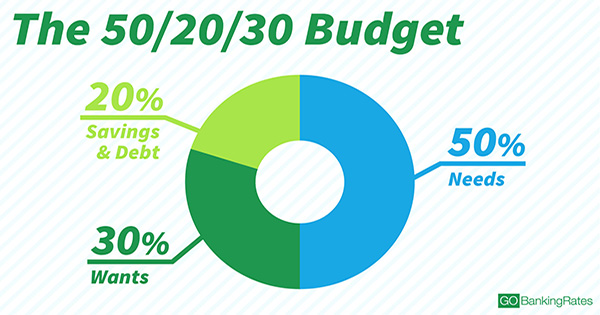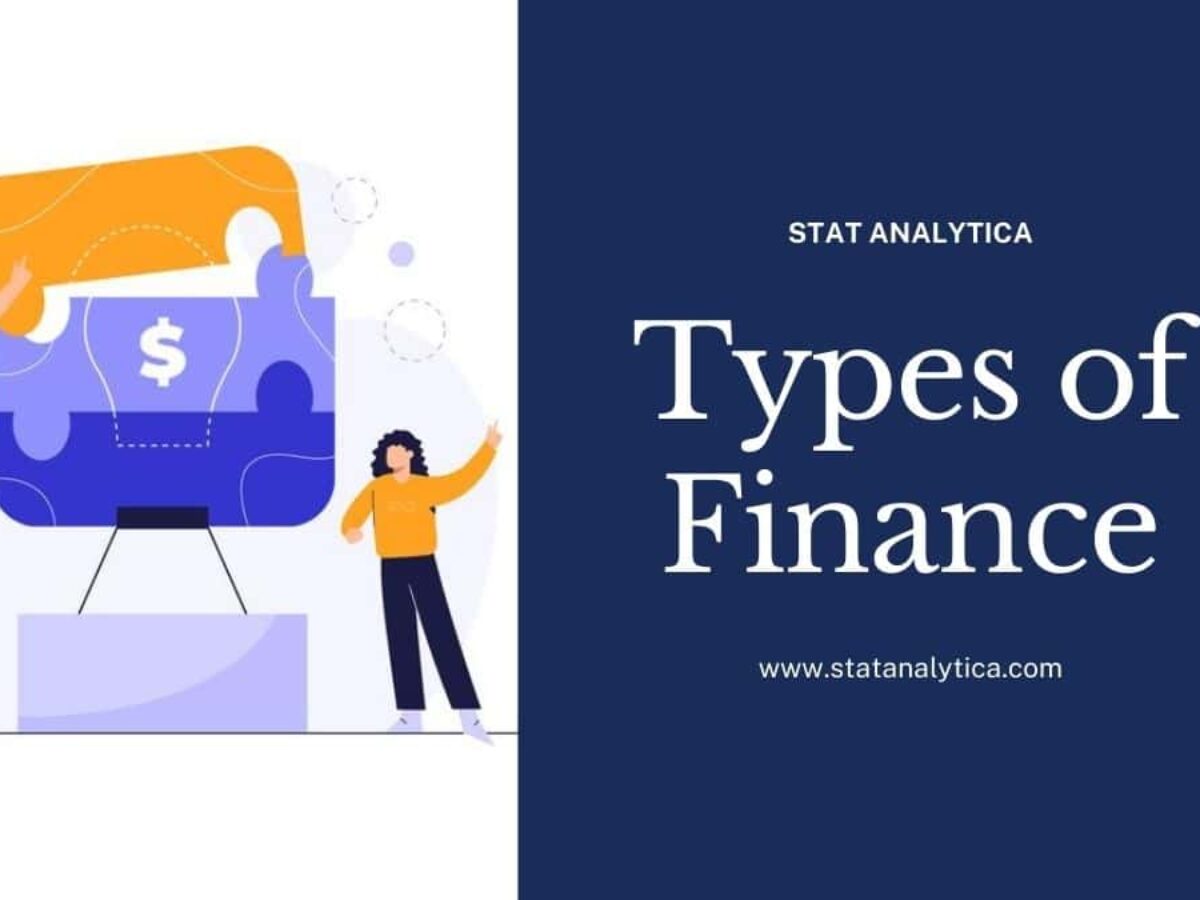
Wealthfront lets users create a financial path that will lead them to their financial goals. Users can use the Path feature to track their progress towards reaching their goals. You can run different scenarios and get updated guidance. You can also customize your portfolio and get cash management.
Investing in low-cost exchange traded funds
Low-cost exchange traded funds, or ETFs (exchange traded funds), offer many benefits. First, these funds have lower average costs. ETFs are much simpler than individual stocks because they only require one transaction to buy or trade shares. This means fewer fees and commissions paid to brokers. Second, many low-cost ETFs pay dividends. These dividends can be reinvested, which will reduce your overall cost.
For investors who want to hold a large portfolio of stocks, bond, and other assets, low-cost, exchange traded funds are a great choice. These funds can be used to mimic the S&P 500 or other segments of the market. They can also be purchased at lower prices than individual stocks.

Tax-loss harvesting
Wealthfront's tax-loss harvesting features allow users to maximize after-tax returns on their investments. The company optimizes a portfolio using a computer to take investment losses and reduce tax liability. The service is only available for taxable accounts. It requires a minimum account balance of $500.
Automated tax-loss harvesting software may help to identify clients but it is not foolproof. Inadvertent wash sales can result in losses that are not reclaimed and can have a significant impact on your tax bill.
Portfolio line of credit
A Wealthfront Portfolio line of credit is an excellent way to borrow money for your investing needs. People with at least $25,000 in assets can borrow up 30% of this amount without having their credit checked. This loan has lower interest rates than a home equity credit line and allows you to set your own repayment plan. It is important to keep in mind that interest will accrue on the money borrowed until it is paid off. If your brokerage account has more than $25,000, you should probably liquidate some money to meet your requirements.
The interest rate for the Wealthfront Portfolio line of credit is 3.25% - 4.5%. This is significantly lower that what banks and credit card companies charge. Additionally, it's faster than a HELOC loan and costs less money than a private wealth manager. If you are worried about your credit score you might consider looking into other options.

Get a free digital financial planning tool
Wealthfront, a brand new platform for financial planning that offers top-quality financial advice to everyday investors, is now available. Wealthfront is run by a team with extensive financial knowledge. Their chief investment officer wrote "A Random Walk Down Wall Street", which popularized passive investing. Wealthfront's online investment tool lets you enter your financial information and pick an investment goal. The tool will then analyze the financial information to suggest investment strategies.
Wealthfront is different from other robo advisors because it offers several unique features. First, it is easy and quick to register. Wealthfront will then ask you questions about your risk tolerance and goals after you have completed the registration process. Your answers will be saved in your portfolio. You can edit them at any time if you need to. Your existing portfolio can be transferred from your traditional broker. Wealthfront will eventually allow you to purchase individual stocks. This gives you direct control over how your money gets invested.
FAQ
What does a financial planner do?
A financial planner is someone who can help you create a financial plan. They can analyze your financial situation, find areas of weakness, then suggest ways to improve.
Financial planners are trained professionals who can help you develop a sound financial plan. They can help you determine how much to save each month and which investments will yield the best returns.
A fee is usually charged for financial planners based on the advice they give. Certain criteria may be met to receive free services from planners.
What is wealth management?
Wealth Management is the practice of managing money for individuals, families, and businesses. It includes all aspects regarding financial planning, such as investment, insurance tax, estate planning retirement planning and protection, liquidity management, and risk management.
How to Choose An Investment Advisor
The process of choosing an investment advisor is similar that selecting a financial planer. Consider experience and fees.
It refers the length of time the advisor has worked in the industry.
Fees are the cost of providing the service. You should weigh these costs against the potential benefits.
It is important to find an advisor who can understand your situation and offer a package that fits you.
What is investment risk management?
Risk Management is the practice of managing risks by evaluating potential losses and taking appropriate actions to mitigate those losses. It involves identifying, measuring, monitoring, and controlling risks.
Investment strategies must include risk management. The goal of risk-management is to minimize the possibility of loss and maximize the return on investment.
These are the key components of risk management
-
Identifying the risk factors
-
Monitoring the risk and measuring it
-
Controlling the risk
-
Manage your risk
How does Wealth Management work?
Wealth Management can be described as a partnership with an expert who helps you establish goals, assign resources, and track progress towards your goals.
Wealth managers assist you in achieving your goals. They also help you plan for your future, so you don’t get caught up by unplanned events.
These can help you avoid costly mistakes.
What are the Benefits of a Financial Planner?
A financial plan will give you a roadmap to follow. You won't have to guess what's coming next.
It gives you peace of mind knowing that you have a plan in place to deal with unforeseen circumstances.
Financial planning will help you to manage your debt better. Once you have a clear understanding of your debts you will know how much and what amount you can afford.
Your financial plan will protect your assets and prevent them from being taken.
How can I get started in Wealth Management?
The first step in Wealth Management is to decide which type of service you would like. There are many types of Wealth Management services out there, but most people fall into one of three categories:
-
Investment Advisory Services. These professionals will assist you in determining how much money you should invest and where. They advise on asset allocation, portfolio construction, and other investment strategies.
-
Financial Planning Services - This professional will work with you to create a comprehensive financial plan that considers your goals, objectives, and personal situation. Based on their professional experience and expertise, they might recommend certain investments.
-
Estate Planning Services- An experienced lawyer will help you determine the best way for you and your loved to avoid potential problems after your death.
-
Ensure that a professional is registered with FINRA before hiring them. You can find another person who is more comfortable working with them if they aren't.
Statistics
- US resident who opens a new IBKR Pro individual or joint account receives a 0.25% rate reduction on margin loans. (nerdwallet.com)
- Newer, fully-automated Roboadvisor platforms intended as wealth management tools for ordinary individuals often charge far less than 1% per year of AUM and come with low minimum account balances to get started. (investopedia.com)
- According to a 2017 study, the average rate of return for real estate over a roughly 150-year period was around eight percent. (fortunebuilders.com)
- As previously mentioned, according to a 2017 study, stocks were found to be a highly successful investment, with the rate of return averaging around seven percent. (fortunebuilders.com)
External Links
How To
How to invest after you retire
Retirees have enough money to be able to live comfortably on their own after they retire. But how can they invest that money? The most common way is to put it into savings accounts, but there are many other options. You could, for example, sell your home and use the proceeds to purchase shares in companies that you feel will rise in value. Or you could take out life insurance and leave it to your children or grandchildren.
You can make your retirement money last longer by investing in property. Property prices tend to rise over time, so if you buy a home now, you might get a good return on your investment at some point in the future. You might also consider buying gold coins if you are concerned about inflation. They don't lose their value like other assets, so it's less likely that they will fall in value during economic uncertainty.